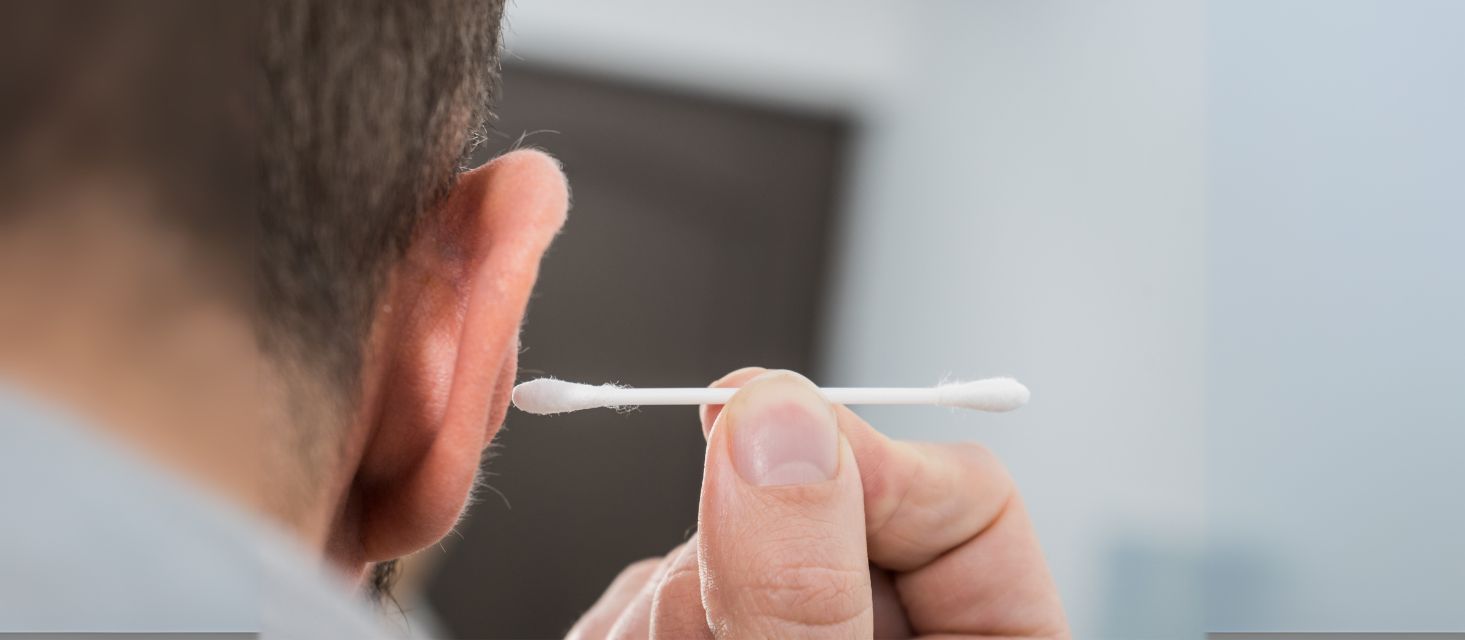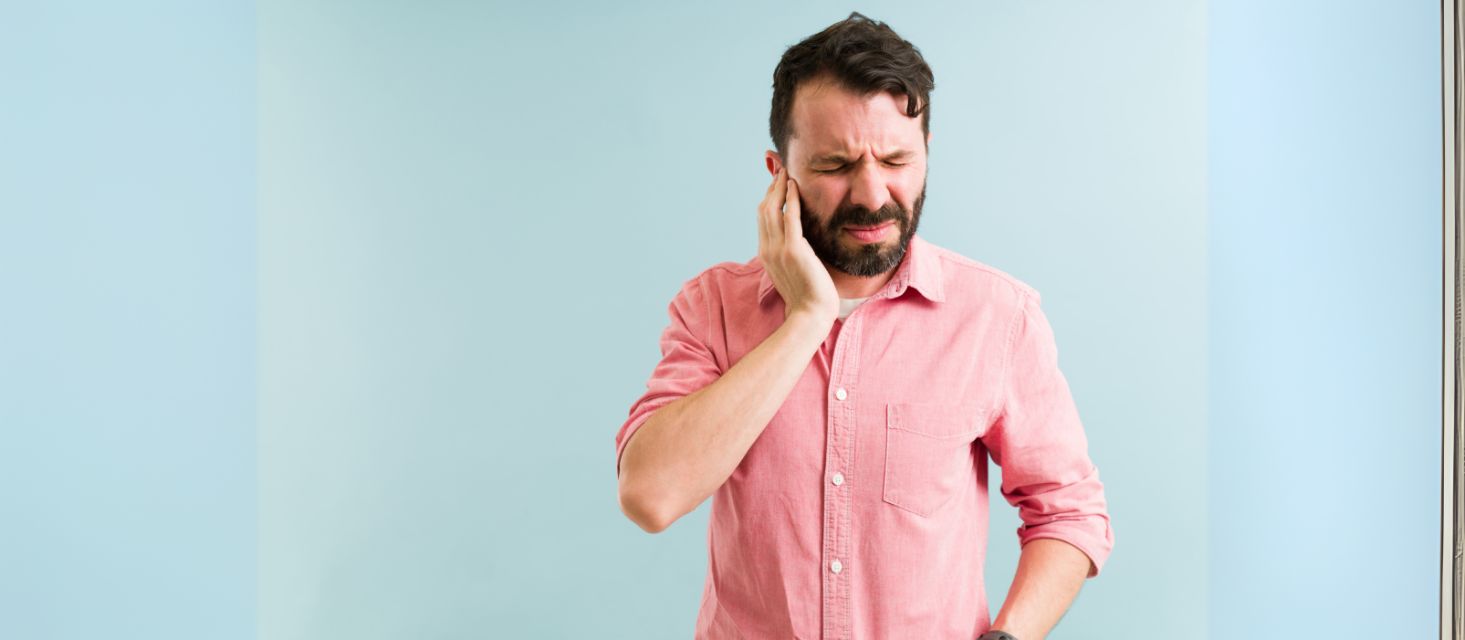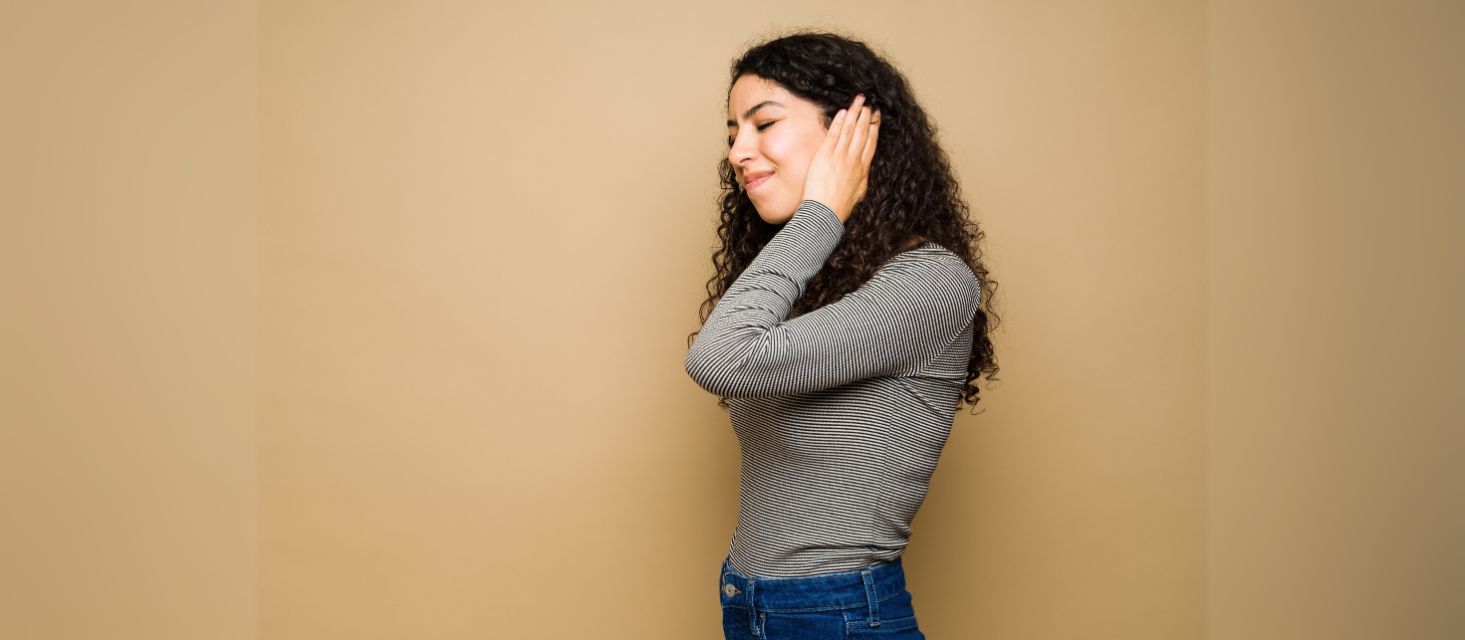Earwax, or cerumen, is a natural substance produced by the ears to protect the ear canal from dirt, bacteria, and other debris. While it plays a vital role in maintaining ear health, an excess buildup of earwax can cause discomfort, hearing problems, or even infections. This page examines the most effective methods for safely removing earwax at home, along with helpful tips and precautions to ensure proper ear care.
What Causes Earwax Build-Up?
Understanding the causes of earwax buildup is key to managing it effectively. Here are some common reasons:
-
Overproduction of wax: Some people naturally produce more earwax than others.
-
Use of earbuds or hearing aids: These devices can push earwax deeper into the ear canal.
-
Improper cleaning methods: Cotton buds (or swabs) often compact wax instead of removing it.
-
Blocked ear canal: Conditions like swimmer's ear or structural issues can exacerbate earwax buildup.
For a detailed explanation, check out "Earwax Blockage Symptoms and Treatment".
Symptoms of Excessive Earwax
Identifying the signs of excessive earwax helps you address the issue before it worsens. Common symptoms include:
-
A feeling of fullness or blockage in the ear.
-
Muffled hearing or temporary hearing loss.
-
Itching or irritation in the ear canal.
-
Earache or dizziness.
Learn more about "Why Does My Ear Feel Blocked?".
If you experience these symptoms, earwax removal at home may alleviate the problem. However, seek professional help if symptoms persist.
Safe Home Remedies for Earwax Removal
1. Softening the Earwax
Softening agents can loosen hardened wax, making it easier to remove. Here are effective options:
-
Olive oil or almond oil: Warm a small amount and apply a few drops into the affected ear.
-
Hydrogen peroxide solution: Mix equal parts of water and 3% hydrogen peroxide. Apply a few drops with your head tilted to allow it to reach the wax.
-
Over-the-counter ear drops: Saline solutions or other medicated drops are designed to dissolve earwax.
2. Irrigation Techniques
Ear irrigation is a popular method to flush out wax safely:
-
Fill a bulb syringe with warm water.
-
Tilt your head to one side and gently squirt the water into the ear canal.
-
Let the water and wax drain out naturally.
Discover more about "What Is Ear Irrigation".
Pro Tip: Use the Eddy earwax removal tool by Auracle for a safer, more precise ear irrigation experience. This professional-grade device ensures adjustable pressure and safe cleaning.
3. Earwax Removal Kits
Many at-home kits include ear picks, suction devices, or drops. Ensure the products are certified and user-friendly.
-
Eddy by Auracle: Developed with audiologist expertise, it features a rotating nozzle, customizable tips, and adjustable pressure settings for safe and effective ear cleaning.
4. The Steam Method
Steam can soften stubborn wax and facilitate removal:
-
Boil water and pour it into a bowl.
-
Cover your head with a towel and inhale the steam for 10-15 minutes.
-
Tilt your head to let the softened wax drain out.
For other effective methods, visit "Best Methods to Remove Earwax".
What Not to Do When Removing Earwax
Avoiding harmful practices is essential to protect your ears. Here are some common mistakes to steer clear of:
-
Inserting sharp objects: Using tools like hairpins or needles can damage the eardrum or ear canal.
-
Using cotton swabs: These often push wax deeper into the canal.
A report from the American Academy of Otolaryngology explains that using cotton swabs to clean earwax often causes more harm than good, as it can push wax deeper into the ear canal, leading to impaction and discomfort. The report emphasises that safe removal techniques, like using softening drops or seeking professional help, are crucial to prevent complications such as ear infections or hearing loss. For more information, read the full article here: American Academy of Otolaryngology - Experts Update Best Practices for Diagnosis and Treatment of Earwax. -
Excessive cleaning: Over-cleaning can irritate the ear canal and stimulate glands to produce more wax.
-
Ear candles: These are not scientifically proven and can pose safety risks. Learn more about "Candle Ear Treatment: Do Ear Candles Work?".
When to See a Professional
While most cases of earwax removal at home are manageable, you should seek medical advice if:
-
Symptoms persist after trying home remedies.
-
You experience severe pain, dizziness, or hearing loss.
-
There is suspicion of an ear infection or a ruptured eardrum.
For guidance on ear infections, explore "How Do You Know If You Have an Ear Infection?".
Loud and Clear: Final Thoughts
Earwax removal at home can be straightforward and effective when done correctly. By using remedies like softening agents, irrigation, or advanced tools like the Eddy earwax removal tool, you can address excessive earwax without unnecessary risks. Always prioritise safe methods, avoid harmful practices, and consult a doctor when needed.
For more resources, visit our blog or check out our product collection. If you have questions, feel free to contact us.
FAQs: Earwax Removal at Home
How can I remove wax from my ear at home?
The safest way is by using softening drops followed by gentle irrigation. Devices like the Eddy earwax removal tool simplify the process, offering a professional-grade solution for home use.
What is the fastest way to get wax out of your ears?
For quick results, try warming olive oil drops or using a certified irrigation kit. The Eddy tool’s adjustable pressure settings can also expedite the process without compromising safety.
How can I draw wax out of my ear?
Tilt your head with the affected ear facing up and apply a few drops of hydrogen peroxide or warm oil. After letting it sit for a few minutes, flush the ear with lukewarm water using a bulb syringe.
Is it OK to remove earwax at home?
Yes, but only with safe and approved methods. Avoid inserting objects into the ear canal. Tools like the Eddy device are specifically designed for safe and effective at-home use.








Share:
Related Blogs
What Does an Infected Ear Look Like?
Hydrogen Peroxide in the Ear for Infection: What You Need to Know?